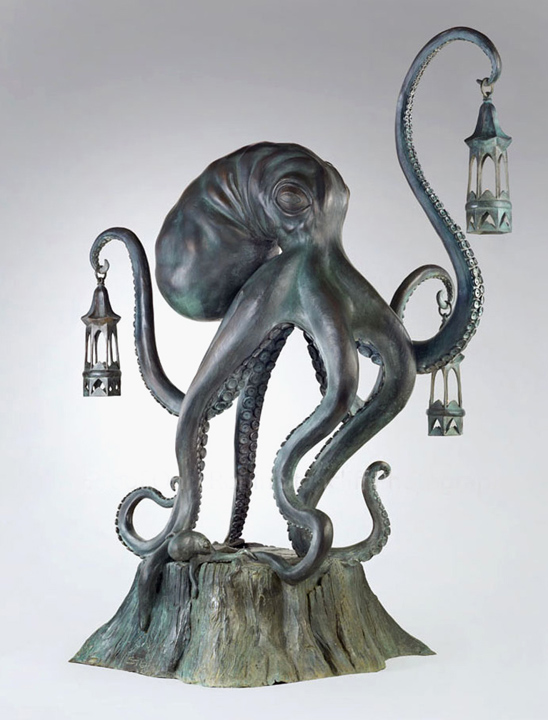
Researchers have identified three factors that combined to prevent the spiders from sticking: leg hairs that decreased the surface area available to stick; a chemical coating on the hairs that reduced the adhesion and the delicate way the spiders move their legs.
"Spiders reduce their adhesion to the sticky lines in their webs by moving their legs carefully so as to allow the sticky lines to slide off easily," Dr Eberhard told BBC Nature.
Under the microscope, the researchers saw that when a spider made contact with a sticky line the adhesive droplets were transferred to its leg hairs.
Then, as the spider withdrew its leg from the web, the droplets slid down these non-stick hairs and dripped off the fine point at the end.






